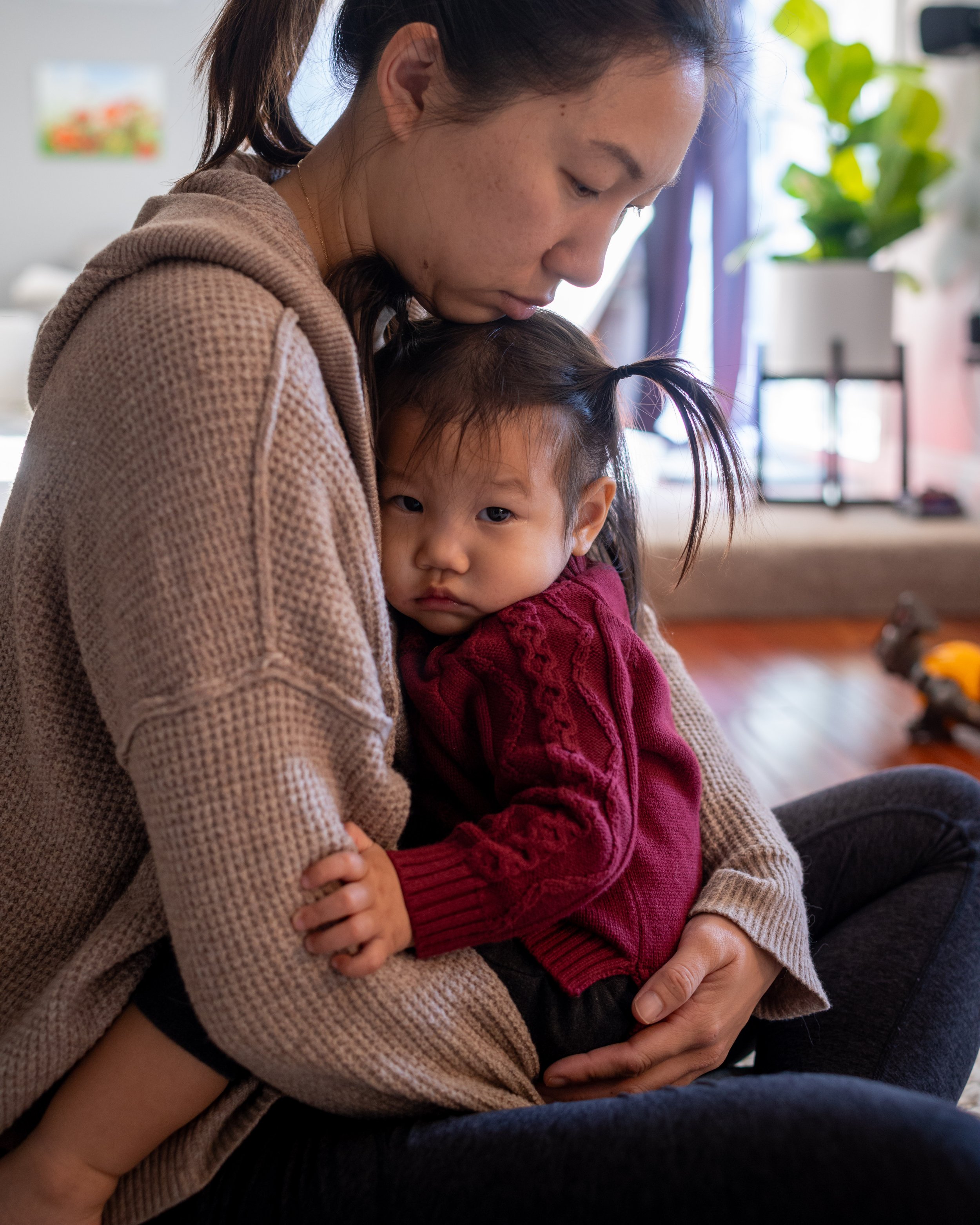
Why You Should Ride Out a Tantrum: A Guide for Parents of Toddlers with Big Feelings
As both a psychologist and a mom, I understand how overwhelming it can be when your toddler has a tantrum. Tantrums can feel like emotional storms, but they’re a critical part of your child’s growth. Here's why letting them ride out these big feelings can make all the difference.

1. Tantrums in Toddlers: Why They’re a Normal Part of Development
Many parents search for how to handle toddler tantrums or what to do when my child has a tantrum. As a psychologist, I can tell you that tantrums are a normal part of your toddler’s emotional development. Our toddlers are learning how to manage emotions like frustration and confusion, and those big feelings often come out in full force. Rather than viewing tantrums as bad behavior, try seeing them as an important part of how your child learns to navigate their world.
2. Why You Shouldn’t Stop a Tantrum Too Quickly
When we rush to stop a tantrum, whether by giving in or distracting them, we might accidentally teach our children that big feelings are something to be avoided. As a professional, I encourage parents to ride out the tantrum and let their child express their emotions. Search terms like how to calm a toddler during a tantrum may lead you here, and the answer isn’t always about quick fixes. It's about helping your child understand that emotions—whether frustration, anger, or sadness—are normal and okay.
3. How Riding Out Tantrums Builds Emotional Resilience
One of the best ways to teach emotional resilience in children is by allowing them to experience their emotions fully, with your calm presence as their guide. Over time, your child will learn to self-soothe, understanding that their big feelings are manageable. This approach not only strengthens the parent-child bond but also helps build long-term emotional intelligence.

How Our Bilingual Book I Want A Popsicle! Can Help
For bilingual families, having resources that reflect their unique experience is important. That’s why we created I Want A Popsicle!—a bilingual children’s book that helps families talk about and navigate big emotions.
In the book, a child experiences frustration when they don’t get what they want, much like a real-life tantrum. With simple, bilingual text in English and your heritage language, the story shows that it’s okay to feel big emotions and that it’s something families can work through together.
By reading I Want A Popsicle! with your child, you’re giving them the words they need to express their feelings, whether they’re frustrated, sad, or angry. You’re also reinforcing that these emotions are natural and that, as a family, you can find healthy ways to cope with them.
Tips for Riding Out a Tantrum with Your Sanity Intact
-
Stay Calm (I Know It’s Hard): When your child is having a tantrum, try taking deep breaths. They need your calm to help them settle.
-
Acknowledge Their Feelings: Saying, “I see you’re upset” can go a long way. It shows your child that you understand their emotions and are there to support them.
-
Offer Comfort After the Tantrum: When the storm has passed, a hug or a gentle word of reassurance will let your child know you’re there, no matter what.
Tantrums are hard on both you and your toddler, but by riding them out and remaining present, you’re helping your child develop the emotional resilience they’ll carry with them throughout their life. And remember, you’re doing an amazing job, even when it doesn’t feel like it.
